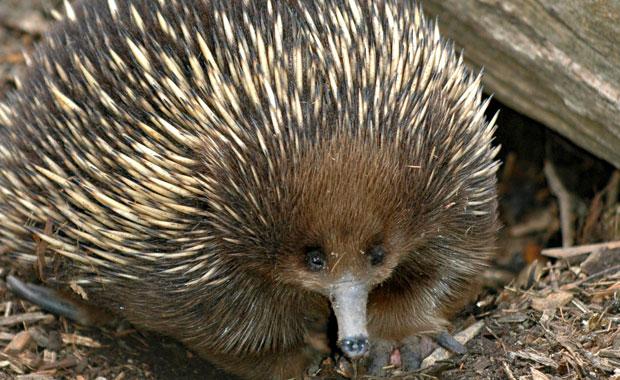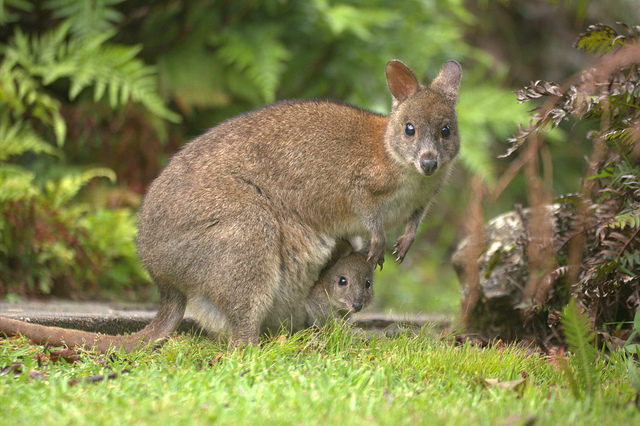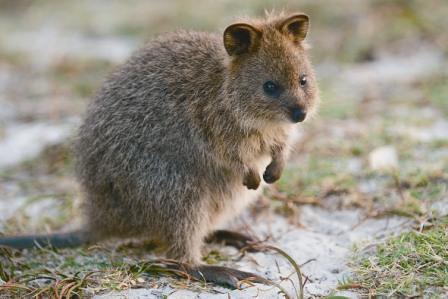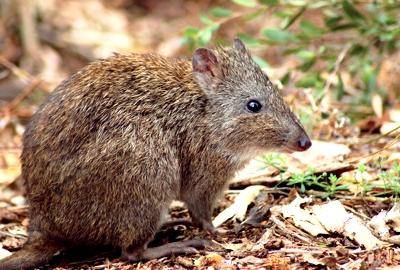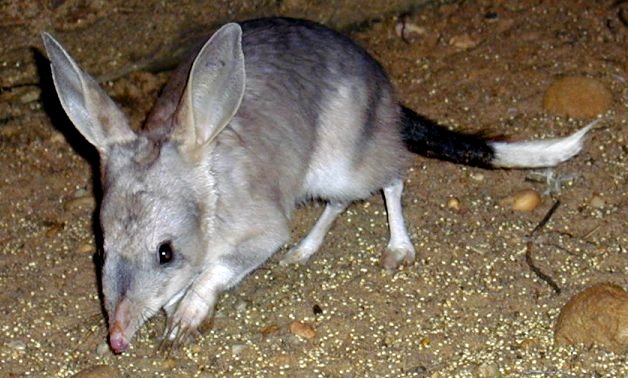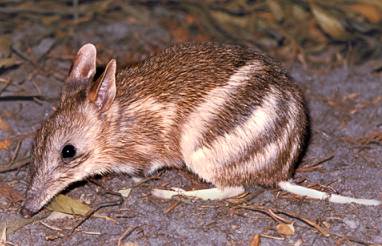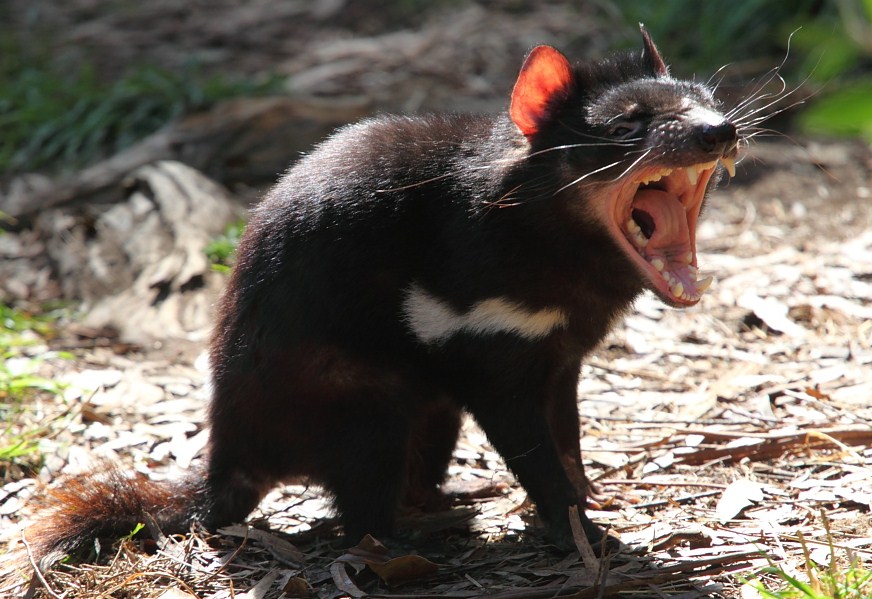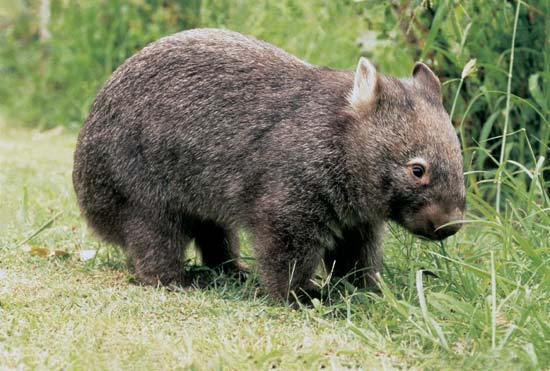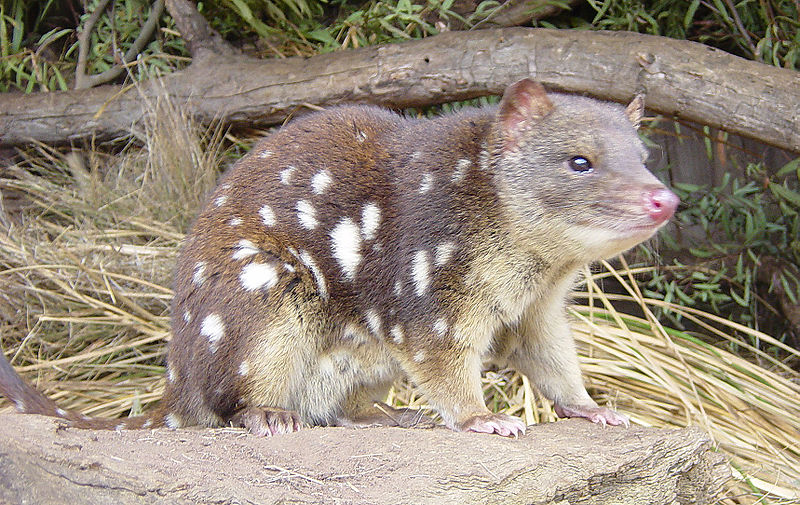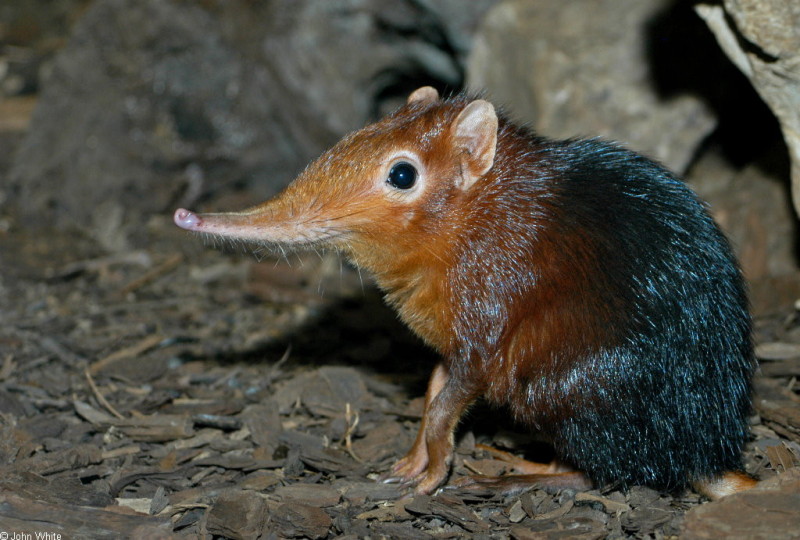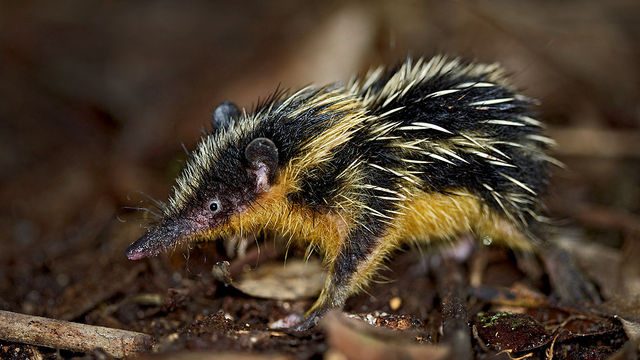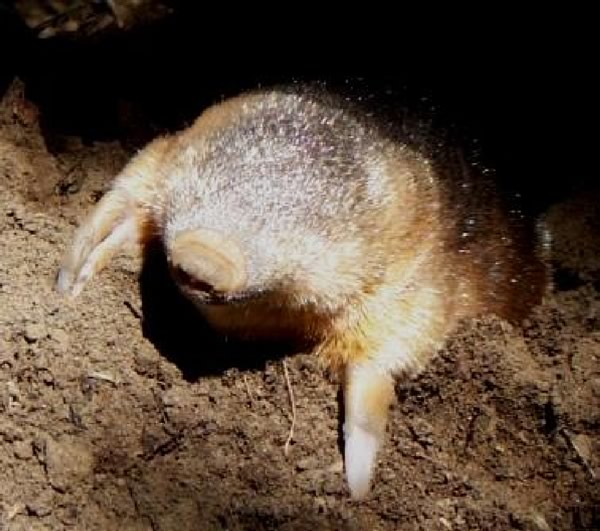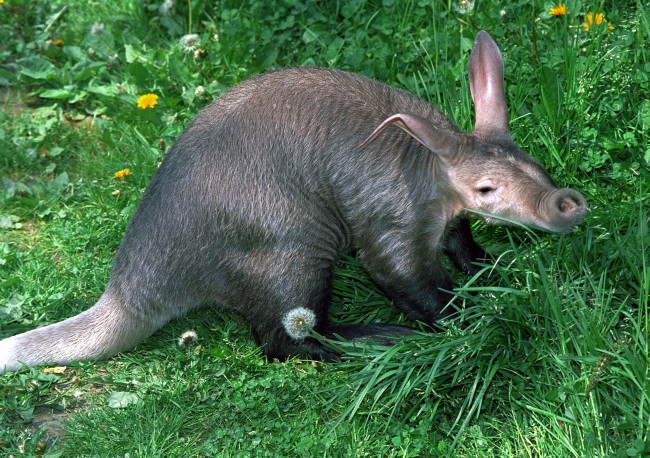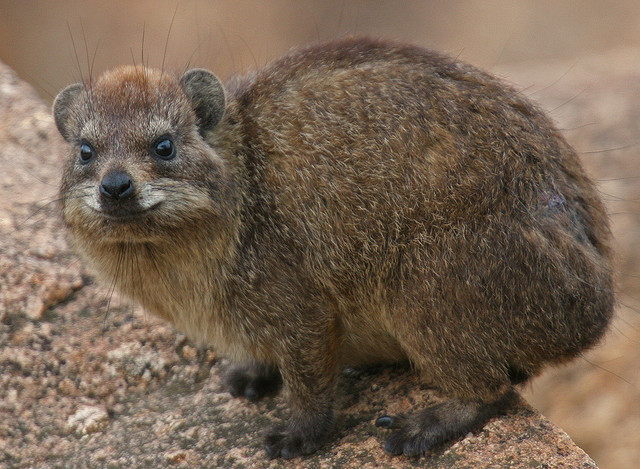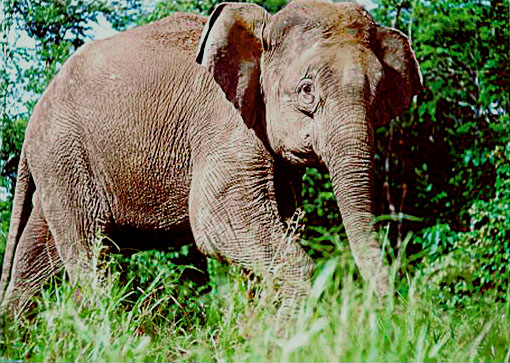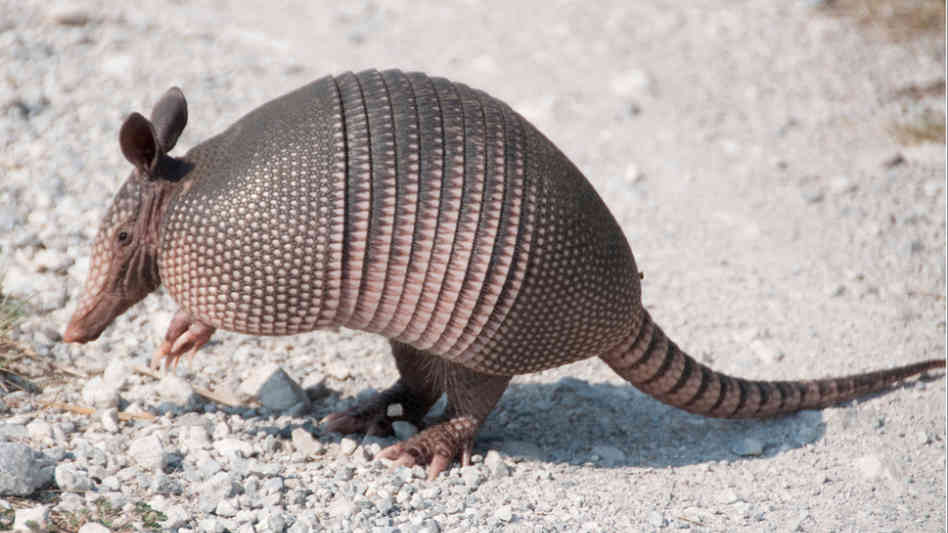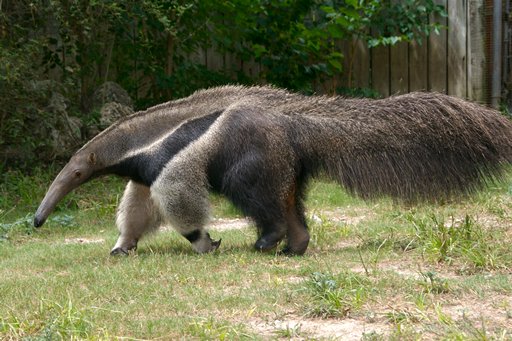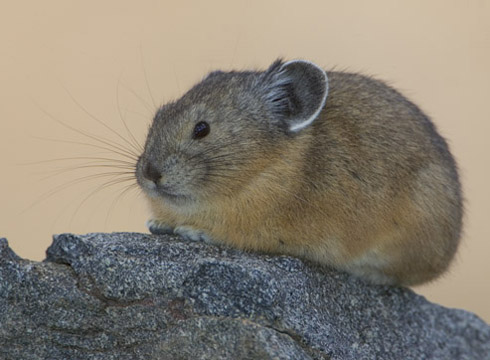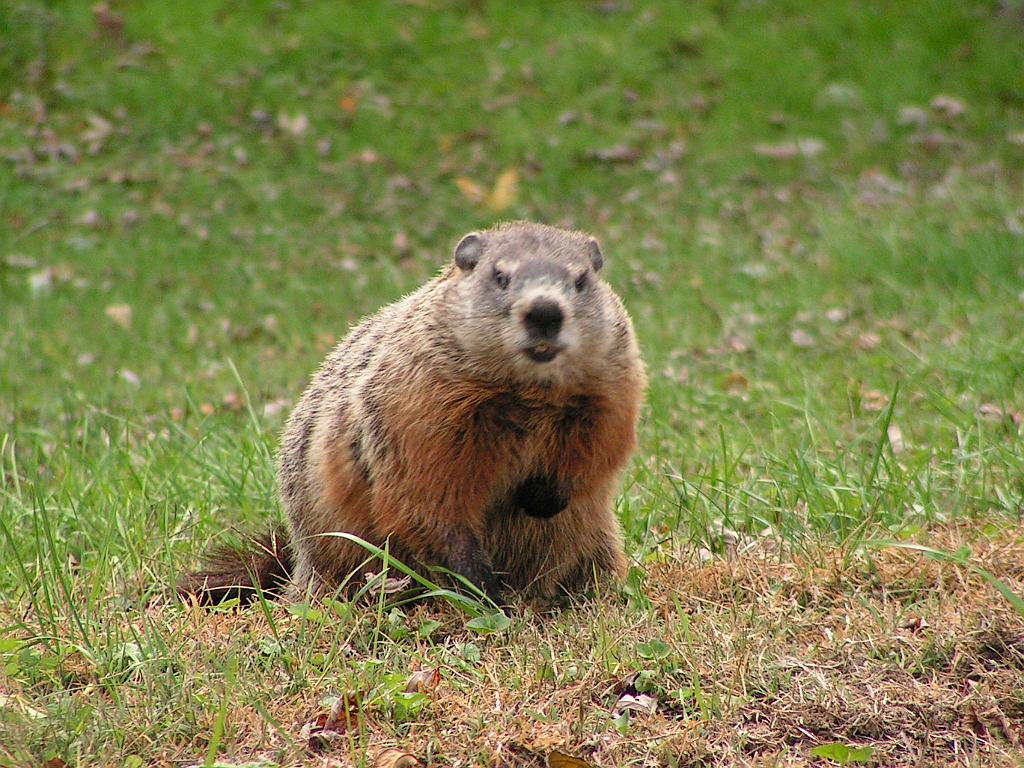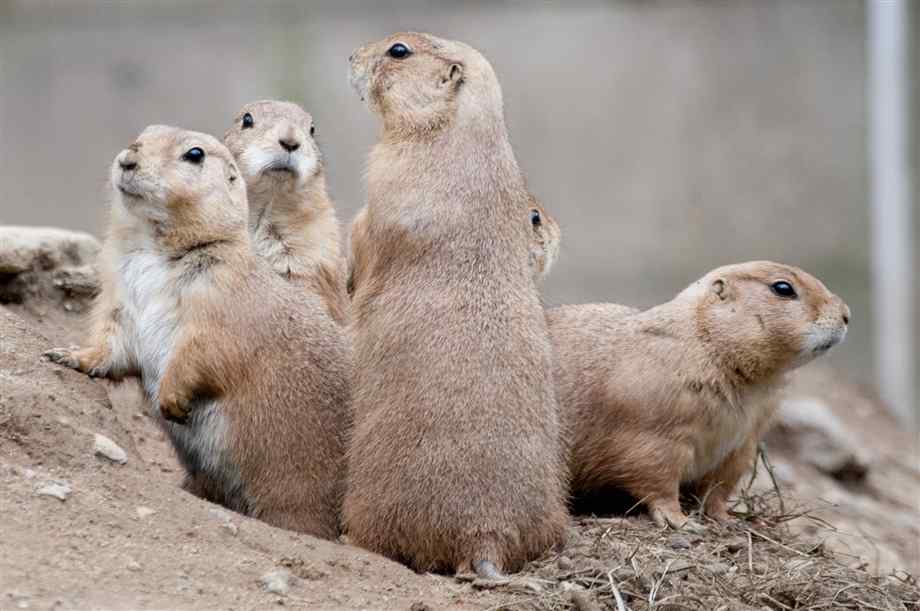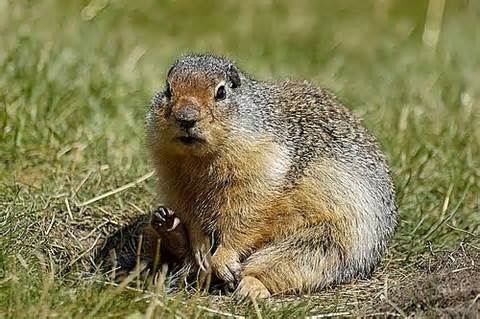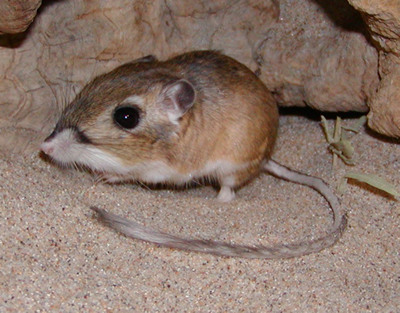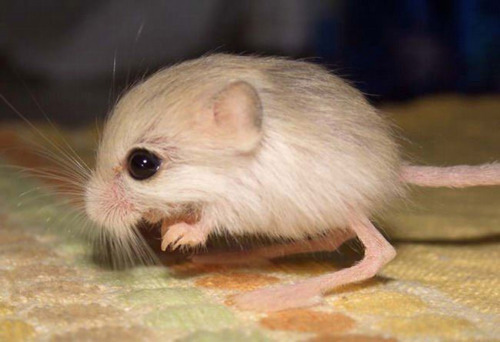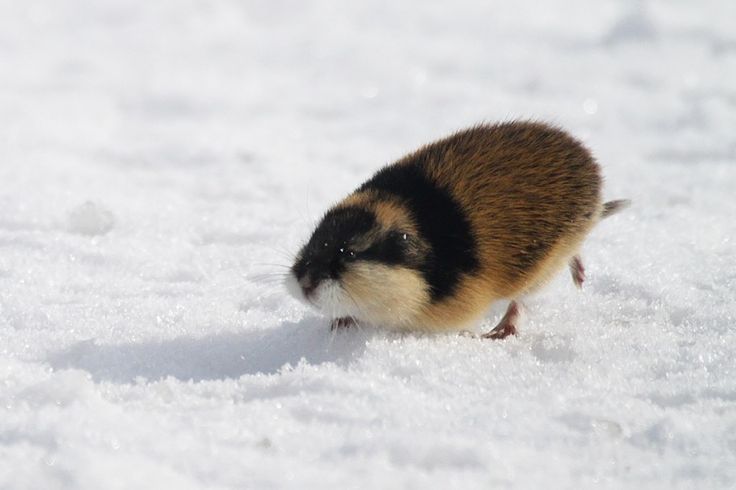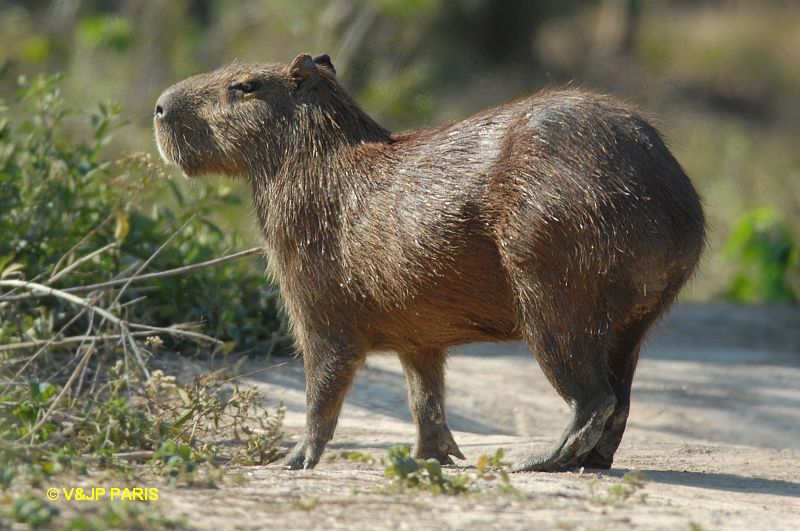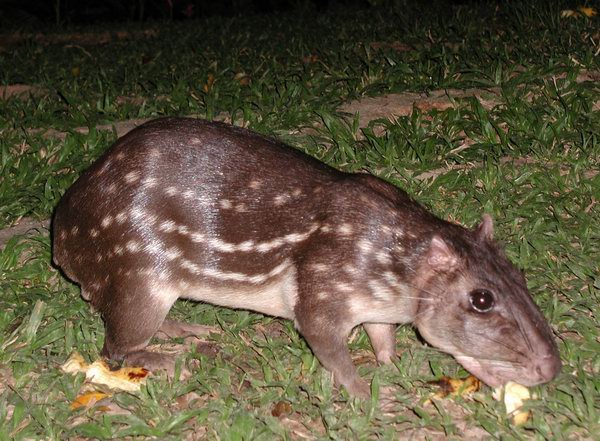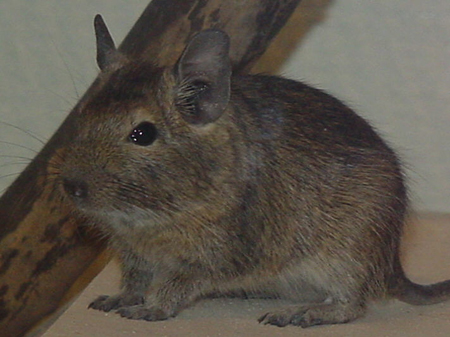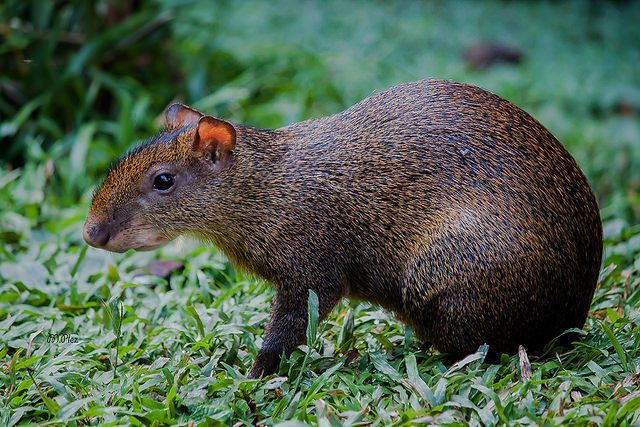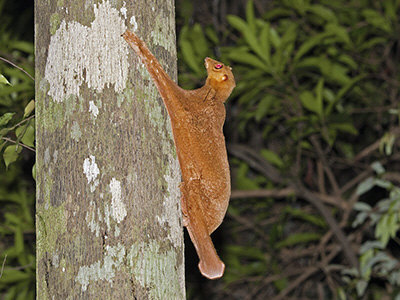|
|
Duck-billed platypus
Ornithorhynchus anatinus
Egg-laying mammal endemic to eastern Australia, including Tasmania
The male platypus has a spur on the hind foot that delivers venom capable of causing severe pain to humans
|
|
|
Echidna
family Tachyglossidae
The four extant species, together with the platypus, are the only surviving members of the Monotremata order and are the only extant mammals that lay eggs
Also known as spiny anteaters. Baby echidna is called a puggle
|
|
|
Pademelon
genus Thylogale
Besides their smaller size, pademelons can be distinguished from wallabies by their shorter, thicker, and sparsely haired tails
Usually found in forests
|
|
|
Quokka
Setonix brachyurus
The quokka is herbivorous and mainly nocturnal. Quokkas can be found on some smaller islands off the coast of Western Australia, in particular on Rottnest Island just off Perth. It is about the size of a domestic cat
|
|
|
Potoroo
genus Potorous
A kangaroo-like marsupial about the size of a rabbit
Gilbert's potoroo is Australia's most endangered animal
|
|
|
Virginia opossum
Didelphis virginiana
The only marsupial found in North America north of Mexico. In the United States, it is typically referred to simply as a possum. It is a solitary and nocturnal animal about the size of a domestic cat.
|
|
|
Bilby
genus Macrotis
Also known as rabbit-bandicoot
An Australian desert-dwelling marsupial omnivore. Bilbies have a long muzzle and very long ears
|
|
|
Bandicoot
order Peramelemorphia
Small to medium-sized, terrestrial marsupial omnivores. They are endemic to the Australia–New Guinea region. Name means "pig rat"
|
|
|
Tasmanian devil
Sarcophilus harrisii
The size of a small dog, it became the largest carnivorous marsupial in the world following the extinction of the thylacine in 1936
Now found in the wild only on Tasmania
|
|
|
Wombat
family Vombatidae
There are three species of wombat – Common, Northern Hairy-nosed and Southern Hairy-nosed
Fatso the Fat-Arsed Wombat was an unofficial mascot of the Sydney 2000 Summer Olympics
|
|
|
Koala
Phascolarctos cinereus
An arboreal herbivorous marsupial. Its closest living relatives are the wombats. Because their eucalypt diet has limited nutritional and caloric content, koalas are largely sedentary and sleep for up to 20 hours a day. Koala is one of the few mammals (other than primates) that have fingerprints. Name means “no drink"
|
|
|
Quoll
genus Dasyurus
A carnivorous marsupial native to Australia and New Guinea. It has a brown coat with white spots. It is primarily nocturnal
|
|
|
Elephant shrew
family Macroscelididae
Small insectivorous mammals native to Africa. Name name comes from a fancied resemblance between their long noses and the trunk of an elephant, and an assumed relationship with the shrews
Also known as sengis
|
|
|
Tenrec
family Tenrecidae
Tenrecs are widely diverse; as a result of convergent evolution they resemble hedgehogs, shrews, opossums, mice and even otters
Found on Madagascar and in parts of the African mainland
|
|
|
Golden mole
family Chrysochloridae
Insectivorous burrowing mammals native to southern Africa. The golden moles bear a resemblance to the marsupial moles of Australia
|
|
|
Aardvark
Orycteropus afer
Feeds almost exclusively on ants and termites. The name comes from earlier Afrikaans and means ‘earth pig’. Aardvark is sometimes colloquially called antbear, anteater, or the Cape anteater
|
|
|
Hyrax
order Hyracoidea
They are often mistaken for rodents, but are more closely related to elephants and manatees. Four species are recognised; the rock hyrax (pictured), the yellow-spotted rock hyrax, the western tree hyrax and the southern tree hyrax
|
|
|
Borneo elephant
Elephas maximus
Also known as the Borneo pygmy elephant
The Sultan of Sulu introduced captive elephants to Borneo in the 18th century, which were released into the jungle
|
|
|
Armadillo
family Dasypodidae
Some species distinguished by the number of bands on their armour. The giant armadillo grows up to 150 cm, while the pink fairy armadillo has an overall length of up to 15 cm. All species are native to the Americas. Some species roll up into a ball when threatened. The North American nine-banded armadillo tends to jump straight in the air when surprised
|
|
|
Giant anteater
Myrmecophaga tridactyla
Also known as the ant bear
Native to Central and South America. All anteaters have elongated snouts equipped with a thin tongue that can be extended to a length greater than the length of the head; their tube-shaped mouths have lips but no teeth
|
|
|
Pika
family Ochotonidae
Within the order of lagomorphs, which also includes the Leporidae (rabbits and hares)
It is also known as the "whistling hare" due to its high-pitched alarm call when diving into its burrow
|
|
|
Groundhog
Marmota monax
Also known as a woodchuck, whistle-pig, or land-beaver in some areas It is a rodent of the family Sciuridae, belonging to the group of large ground squirrels known as marmots
Groundhog Day is celebrated on February 2
|
|
|
Prairie dog
genus Cynomys
They are a type of ground squirrel. Burrowing rodents native to the grasslands of North America
Prairie dogs are named for their habitat and warning call, which sounds similar to a dog's bark
|
|
|
Gopher
family Geomyidae
Also known as pocket gophers
Gophers live in Central and North America. They are commonly known for their extensive tunneling activities
|
|
|
Kangaroo rat
genus Dipodomys
The common name derives from their bipedal form. They hop in a manner similar to the much larger kangaroo, although they are not related. Native to North America
|
|
|
Baluchistan pygmy jerboa
Salpingotulus michaelis
Also known as the dwarf three-toed jerboa
Smallest rodent in the world. Adults average only 4.4 cm (1.7 in) in head and body length
|
|
|
Norway lemming
Lemmus lemmus
The Norway lemming has a dramatic three- to four-year population cycle, in which the species' population periodically rises to unsustainable levels, leading to high mortality, which causes the population to crash again
Lemmings do not commit mass suicide when they migrate
|
|
|
Mara
genus Dolichotis
A genus of the cavy family. These large relatives of guinea pigs are common in the Patagonian steppes of Argentina
|
|
|
Capybara
Hydrochoerus hydrochaeris
The largest living rodent in the world (ahead of the beaver and porcupine). Found wild in much of South America
Very popular with quiz setters. The Billy Fury of Rodentia
|
|
|
Paca
genus Cuniculus
Ground-dwelling, herbivorous rodents found in South and Central America. They are large rodents with dots and stripes on their sides, short ears, and barely visible tails. Similar to guinea pigs
|
|
|
Degu
Octodon degus
Small rodent endemic to Chile. It is sometimes referred to as the brush-tailed rat
Degus have an intolerance to dietary sugar and are used in diabetes research
|
|
|
Common agouti
genus Dasyprocta
Native to the Americas. They are related to guinea pigs and look quite similar, but are larger and have longer legs
|
|
|
Colugo
family Cynocephalidae
Arboreal gliding mammals found in Southeast Asia. They are also known as cobegos or flying lemurs, though they are not true lemurs. Of all the gliding mammals, the colugos have the most extensive adaptation to flight. Their gliding membrane, or patagium, is as large as is geometrically possible
|
|
|
Slow loris
genus Nycticebus
Only venomous primate. The toxin is produced by licking a gland on their arm, and the secretion mixes with its saliva to activate it
The group's closest relatives are the arboreal slender lorises
|
|
|
Galago
family Galagidae
Also known as the bushbaby
Galagos have large eyes that give them good night vision, strong hind limbs, acute hearing, and long tails that help them balance. Their ears are batlike and allow them to track insects in the dark
|
|
|
Potto
Perodicticus potto
In the same family as the lorises
The potto inhabits the canopy of rain forests in tropical Africa. It is nocturnal and arboreal
|
|
|
Ring-tailed lemur
Lemur catta
The most recognized lemur due to its long, black and white ringed tail. Like all lemurs it is endemic to the island of Madagascar and female dominant
|
|
|
Aye-aye
Daubentonia madagascariensis
A lemur native to Madagascar and the world’s largest nocturnal primate
Aye-ayes tap on the trunks and branches of the trees, and listen to the echo produced to find hollow chambers inside. Once a chamber is found, they chew a hole into the wood and get grubs out of that hole with their narrow and bony middle finger
|
|
|
Tarsier
genus Tarsius
Tarsiers are small animals with enormous eyes; each eyeball is approximately 16 mm in diameter and is as large as its entire brain
Restricted to several Southeast Asian islands
|

